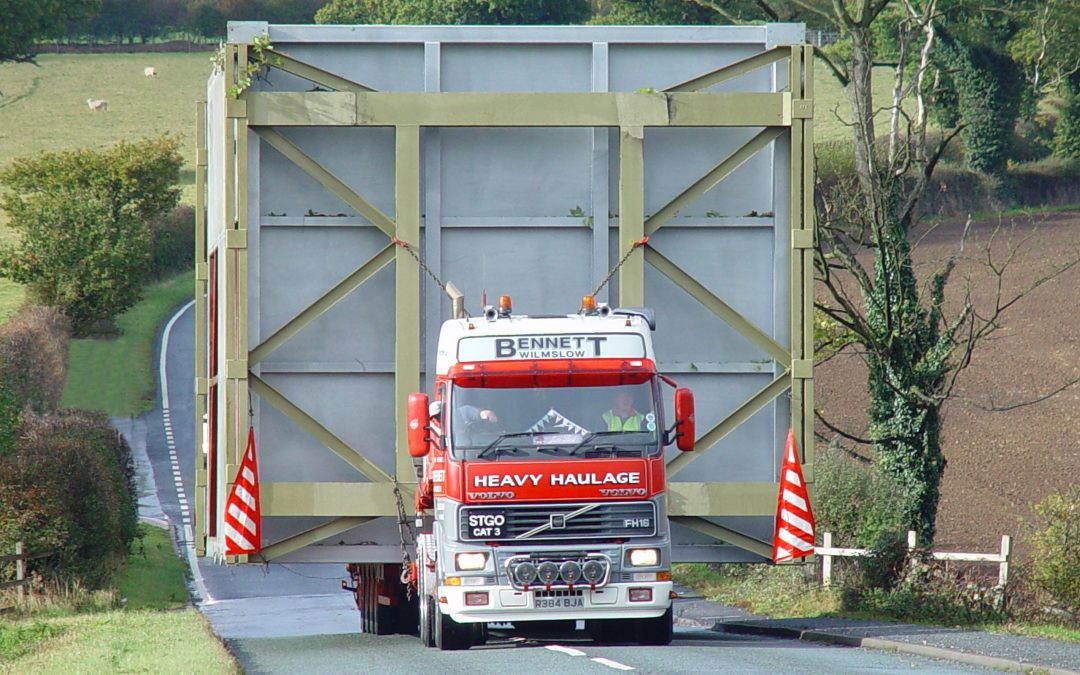If you’ve ever driven on the motorway, it’s likely that you’ve seen a vehicle with the words ‘abnormal load’ written on the back. You may have found yourself asking what exactly an abnormal load is. It refers to a load that is too large, heavy, or wide to be transported by a standard vehicle. These loads require special arrangements and precautions to be taken that will ultimately ensure the safety of both the load and the other road users. This blog will explain what exactly an abnormal load is and the best ways to transport them.
Notifying the Correct Authorities
Notifying the correct authorities is a critical aspect of transporting abnormal loads safely and legally. The general process of transportation usually involves the following steps:
Determine the relevant authorities – The authorities you must notify typically include police, local and highway authorities, and additional agencies specific to the local area.
Provide details of the load – They should know the size, weight, and dimensions to assess the route and arrange necessary closures, diversions, or escorts.
Obtain any necessary permits – Obtaining additional permits may be necessary before transportation occurs, including a police escort, a highway permit, or a bridge permit.
Submit the notification – Once all necessary details have been gathered, a notification should be submitted before the planned transport, depending on the specific requirements.
Route Planning
Route planning is a critical aspect of transporting abnormal loads safely and efficiently. Here are five key considerations to keep in mind for route planning:
- Avoid low bridges and narrow lanes – When planning a route, it’s essential to identify any low bridges or narrow lanes that could be problematic.
- Consider weight restrictions – It’s important to take into account that some roads have weight restrictions that may affect the safe transport of an abnormal load.
- Plan for road closures and diversions – It may be necessary to close roads or divert traffic to ensure safety, including necessary closures or diversions.
- Consider the time of day – Route planning should take into account the time of day and aim to minimise any additional traffic disruption.
- Identify suitable stopping points – Abnormal loads may require frequent stops due to their size and weight so finding places to regularly, safely park is crucial.
Categories of Abnormal Loads
We typically divide abnormal loads into three categories. These decide the specific requirements for transporting the load safely and legally. These are the three categories:
- Category 1: The smallest and least complex, typically up to 3.5 meters wide and weighing up to forty-four tonnes. Examples include large vehicles or machinery.
- Category 2: Larger and more complex, up to five meters wide and weighing up to eighty tonnes. Examples include industrial equipment, boats, and turbine blades.
- Category 3: The largest and most complex, over five meters wide and weighing over eighty tonnes. Examples include construction equipment, power generators, and entire buildings.
The regulations and requirements for transporting abnormal loads vary depending on the category. Category three loads may require a police escort or additional permits compared to category one. It is essential to understand specific regulations and requirements for the category of the load transported to ensure safe and legal transport.
Get in touch
Transporting an abnormal load is complex and highly regulated. It’s essential to notify the correct authorities, plan the route carefully, and ensure that all necessary permissions and arrangements are in place. If you need to transport an abnormal load and want to ensure that it is being done safely, contact Chris Bennett Heavy Haulage Ltd today.

